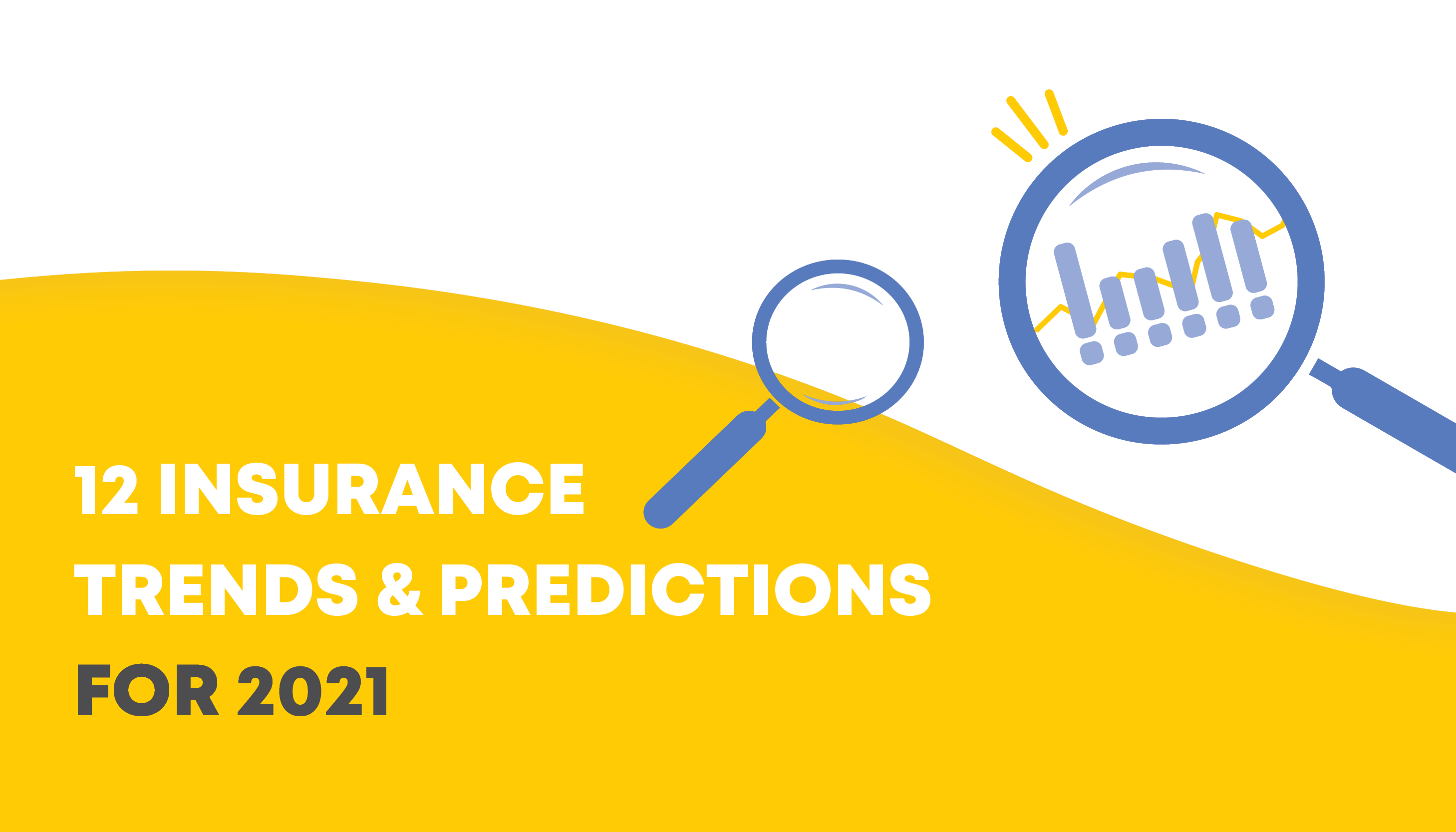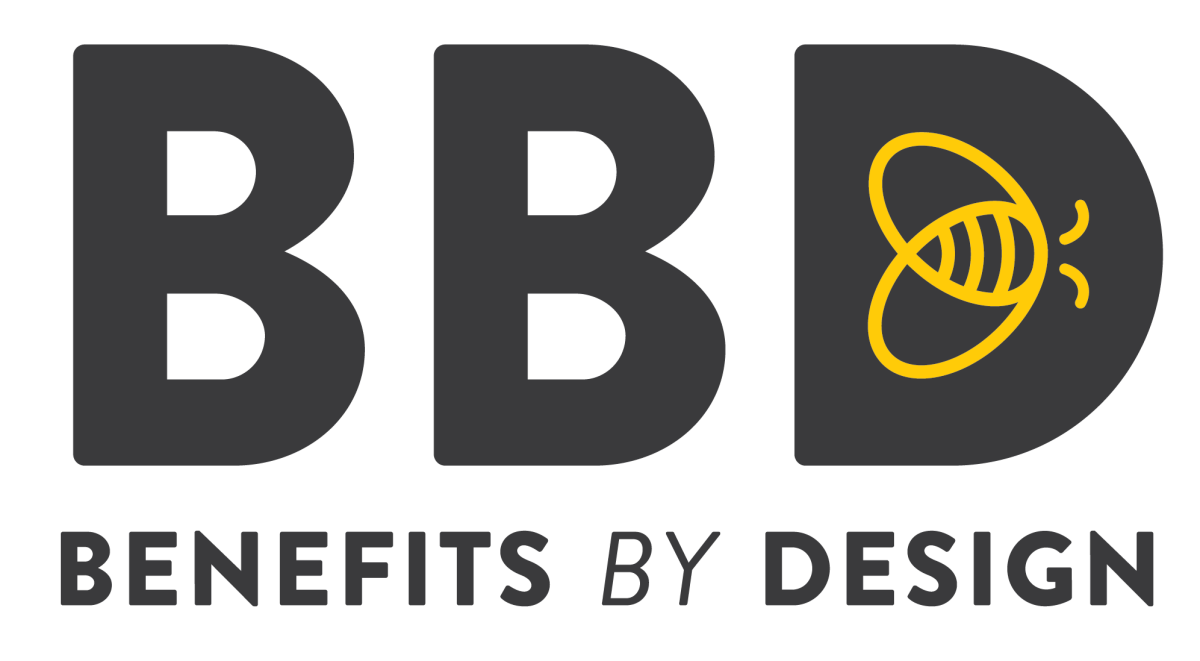12 Group Insurance Trends and Predictions for 2021
By: Benefits by Design | Tuesday November 17, 2020
Updated : Monday June 21, 2021
For the last three years in a row, Benefits by Design (BBD) Inc. has published a list of predictions and trends to watch out for in the upcoming year. You can check out previous predictions for 2018, 2019, and 2020 and how close we called them (hint: pretty close).
For 2021, here are 12 group insurance trends and predictions to keep in mind:
#1. COVID-19 is, unfortunately, here to stay
No surprises here — all indications point to COVID-19 being a major factor affecting not only the group insurance industry but Canada at large in 2021. Exactly how group insurance will be affected remains unclear, but here are a few things we’re already seeing:
- Increasing adoption of telehealth and telemedicine services
- Mental health’s impact on employees and workplaces
- Changes to benefit plans
- Potential impact on renewals
- Work from home arrangements and a growing gig economy
COVID-19 Small Business Support: Business Assistance Program (BAP)
#2. Adoption of telehealth and telemedicine will continue
Without question, the COVID-19 pandemic has led to increased attention and adoption of telemedicine and telehealth services. We’ve seen provinces working hard to expand provincial health plans to include more telehealth and other technological innovations, such as the COVID Alert app.
It seems likely that the social and physical distancing guidelines that Canadians have become accustomed to will remain in 2021. Due to the continued presence of COVID-19 and the steep rise in adoption of telehealth we saw in 2020, we expect these remote health services to continue to see a boom in usage.
Provincial Telehealth Resources: An Interactive Map of Canada
#3. Canadians’ mental health will continue to be challenged
Canada’s mental health crisis was already on everyone’s radar well before COVID-19 came onto the scene. Now, in the wake of the global pandemic, anxiety and depression is only making Canadians’ mental health worse.
8 Ways for Employees to Look After their Mental Health During a Pandemic
There are many trends we’re expecting to see in 2021 that directly relate to mental health, including:
- A continued rise in Employee Assistance Programs (EAP)s as employers amplify the importance of employee mental health.
- Rising Long Term Disability (LTD) incidence rates as disability claims for mental health increase through a combination of COVID-19 and reduced stigma.
- Separation of paramedical practitioners and plan maximums, specifically for psychologists and social workers, to allow employees access to more support.
- A struggle to maintain work-life balance due to work from home arrangements potentially leading to increased feelings of isolation, overwork, anxiety, and depression.
- An increasing number of anti-anxiety and depression medication usage to combat mental health issues.
[Report] COVID-19 and the Growth of Employee Assistance Programs (EAP)s
#4. COVID-19 will affect renewals
Each Insurer is approaching renewals during the time of COVID-19 a little differently.
The direct effects of these approaches are difficult to predict. However, we expect to see a more ‘hands-on’ approach to renewals in 2021. Meeting the groups halfway, more aggressive negotiations, and working with employers and Advisors to keep plans in place. At least, that’s how we’ll be handling it.
What’s more, the rising LTD incidence rates mentioned above will play a role in renewals as Insurer’s adjust rates to account for the increasing likelihood of disability claims.
Making Plan Amendments to Your Employee Benefits Plan During a Crisis
#5. Increased claims cost due to Personal Protective Equipment (PPE) charges
The potential for increased costs due to Personal Protective Equipment (PPE) charges, specifically for dental and paramedical claims, is high. Many practitioners will incur additional costs to ensure their patients’ safety, such as PPE and plexiglass. Likewise, increased sanitization protocols may also be a factor that inflates claims costs.
#6. Work from home and the gig economy will become the norm
There will be many considerations for employers in how they approach this transition to a gig economy, such as:
- How will they maintain corporate culture remotely?
- Will benefits offerings need to change to reflect the new work style?
- Should they invest in mental health resources?
- Can they safely bring employees back to work? Should they?
Many are already asking the question, “is work from home here to stay?” and so far the answer has been a resounding yes. We expect to see more workplaces adopt optional permanent work from home policies (as BBD has) and for employers to begin tapping into a wider talent pool made available through the gig economy.
#7. Long healthcare wait times will continue to be an issue
Healthcare wait times in Canada were already among the longest in the world before COVID-19. However, in the early days when hospitals were at reduced capacity and rightfully prioritizing coronavirus patients, thousands of elective surgeries were cancelled. Now many hospitals and clinics will be dealing with a backlog of procedures that can only increase wait times in Canada in 2021.
How Long is Too Long? An Infographic of Wait Times in Canada
#8. Insurers will bring more diversity and inclusivity to benefits
Back in June of 2020, BBD brought additional diversity and inclusivity into our processes by updating our forms to include an ‘Undisclosed’ option for gender. The language around gender and sexual orientation has evolved in recent years, and we expect to see more insurers in 2021 evolving alongside them.
#9. Defined contribution plans will rise in popularity
With more Canadians working from home due to COVID-19, we expect traditional plan designs to be challenged. A desire for greater flexibility from both plan members and employers will drive this change. Increased adoption of defined contribution plans, such as Health Care Spending Accounts (HCSA)s for options like dental, could be on the horizon.
Because these options are “pay-as-you-claim,” employers can avoid paying premiums for benefits that aren’t being used as frequently (or as we saw with paramedicals in the earlier days of COVID-19, quite literally can’t use).
[Report] Utilization of Health Care Spending Accounts (HCSA)s
#10. Biosimilars will continue to become mandated in provinces
While it’s true that COVID-19 put a lot of our predictions for 2020 on the backburner (we’re looking at you national pharmacare), biosimilars remain one to watch. In December of 2019, Alberta joined British Columbia in the decision to mandate the switch to biosimilars.
Although the original mandated switch date of July 1, 2020 was deferred to January 15, 2021 due to COVID-19, success through drug savings and access to biosimilars is being seen in both Alberta and British Columbia. With these successes under their belt, we expect biosimilar mandates to continue eastward to Ontario and other provinces in 2021 and 2022.
What are Biologic and Biosimilar Drugs and What is the Difference?
#11. Cybersecurity and data storage will change
The early days of COVID-19 led to an increase in online scams using the Canadian Emergency Response Benefit (CERB) as a way into people’s inboxes. Unfortunately, these increases in phishing emails and scams have continued, so it’s something to watch out for in 2021.
What’s more, as many workplaces continue to operate remotely, new processes and changes will be made to increase cybersecurity. When BBD moved its staff remotely, our Information Systems team made a number of switches to increase security and optimize tools and solutions, including moving our data storage out of our offices — something we think you’ll see more of as well. Many companies may be looking at a future that doesn’t have a traditional workspace and they’ll need somewhere to store all of that data and equipment.
#12. Renewed focus on reviewing and updating benefits plans
We expect to see 2021 bring a renewed focus on analyzing and reviewing benefit plans, and a continuation of updates to existing plan designs as workplaces aim to accommodate not only work from home, but increasing mental health claims, drug uptake, paramedicals, and more.
For example, we have already begun to see a trend of increasing drug maximums, likely in a preemptive attempt to get ahead of increased mental health drug claims like anti-depressants. Likewise, adjustments to plan design, specifically plan maximums and paramedicals, are expected to continue as employers seek to make changes to better adapt to the impacts of COVID-19.
Subscribe to the Advisor Buzz Newsletter for more
As 2021 goes on, and these trends evolve, it’s important to stay in the know.


